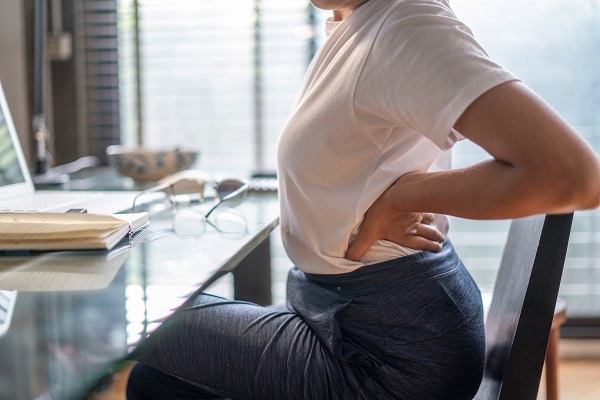A far cry from headstands and back bends, chair yoga focuses on breath and gentle movements in a seated position.
For Jacqui Kremic, a former yoga teacher and librarian technician, it started out when she was recovering from injury. But it quickly became a way of life.
“I walked straight into a mechanic’s pit. I landed on my feet, blacked out and when I rolled over there was a bunch of people looking down at me,” she said.
“It turned out I’d compressed my whole spine. I was in a lot of pain and I just couldn’t move the way I used to. Touching my toes was out of the question; I had to walk around with a pair of tongs just to pick up the cat bowl.”
Having taught chair yoga at a seniors’ home in her early career, she decided it was a good way for her to build up her fitness and flexibility again.
“I thought, ‘I’ve got to do this, I’ve got to get better.’ Any day, any moment I had, I’d practice chair yoga in a gentle and mindful way. And I eventually got my flexibility back.”
And it led to a lifelong habit. Even though she’s long since recovered from her injury, Jacqui practices chair yoga with her friends every morning over a video call.
“We call it pyjama yoga, because we do it first thing in the morning. We have a chat and catch up and then get into it. It’s something that we share and enjoy, and we get such a wonderful benefit from it too.”
The benefits of chair yoga
More than just exercise
Chair yoga provides many of the benefits of traditional yoga, which can help with strength, flexibility and managing stress.
For Jacqui, she says, “It treats the whole body—the joints, muscles and organs. The emotional, body the mind. It’s just this whole calming effect.”
“Yoga teaches us that we can help our body by breathing deeply and slowly. We can take that into the rest of our lives when we are feeling a little bit rushed or stressed.”
Is chair yoga right for me?
Almost anyone can experience the benefits of chair yoga (although you should always check with your doctor before you get started). It is particularly great for those who can’t participate in other forms of yoga due to illness or injury, including things like high blood pressure, arthritis, injury or balance and stability issues.
It’s popular with older people, but it’s also a good option if you work long hours at a desk and want to find some gentle ways to move and refocus during the day.
How to get started
There are lots of ways to get started with chair yoga. Check with your local yoga studio and council to see if there are any classes near you.
If there’s nothing nearby, or you’d like to get started in the comfort of your home, your local library may have some books or DVDs you can borrow. There is also an array of online classes and videos you can try if you feel confident.
Three chair yoga poses to stretch out your back

Seated cat cow
- Sit comfortably with both feet firmly on the floor.
- Inhale as you roll your shoulders down and back, bringing your shoulder bones towards each other and arching your spine.
- Exhale and round your spine, dropping your chin to your chest and dropping your head forward.
- Repeat five times as you inhale and exhale.

Seated forward fold
- Sit on the edge of your chair, and lengthen through your spine.
- Gently breathe out as you fold forward from the hips, lowering your torso towards your thighs.
- Take five deep breaths and inhale as you return to an upright position.

Seated simple twist
- Sit comfortably on your chair, with both feet firmly on the floor.
- Lengthen your spine and raise your arms out to your sides while you breathe in.
- As you breathe out, gently twist to the right with your upper body and lower your arms; your right hand will rest on the top of the chair back and help you to gently twist, your left hand will rest at your side.
- Look over your right shoulder. Use your grip on the chair to help you stay in the twist but not to deepen it.
- After five breaths, release and return to facing the front.
- Repeat on your left side.

Like what you're reading?
Explore more articles like this one in our Adapt Issue of Live Better magazine.
